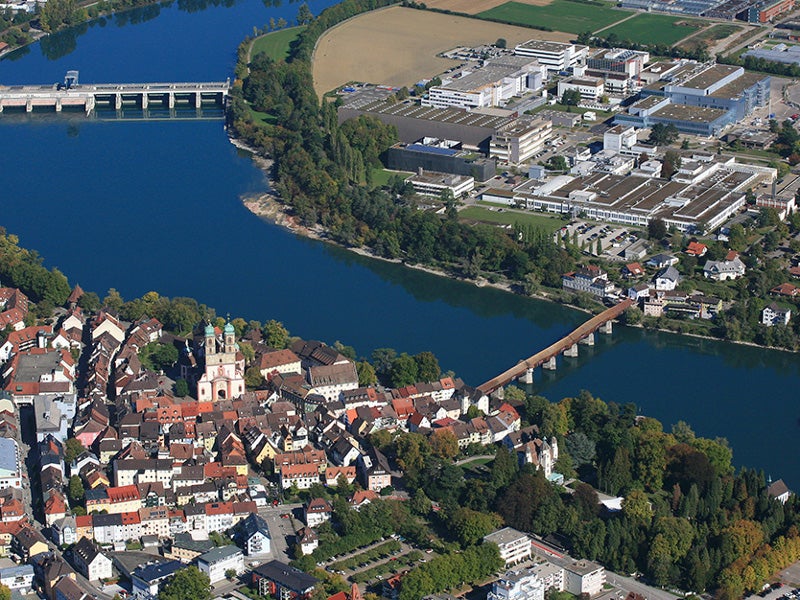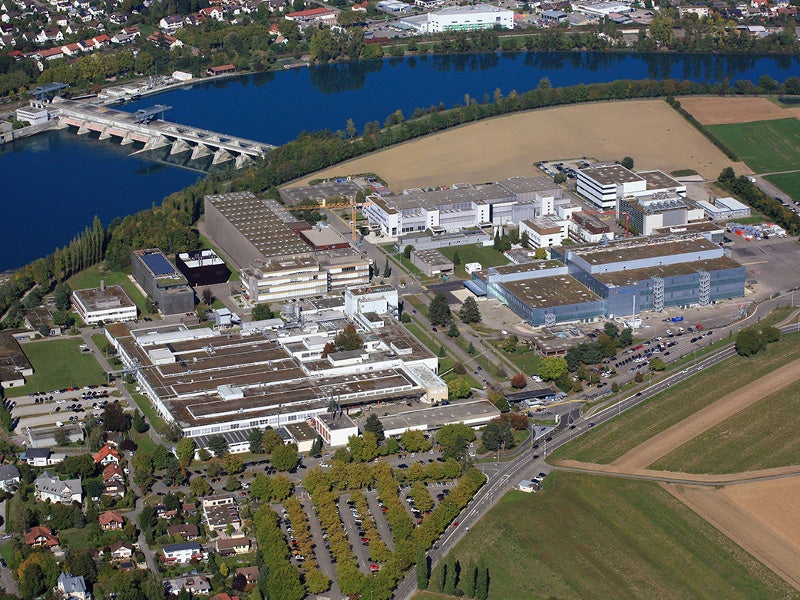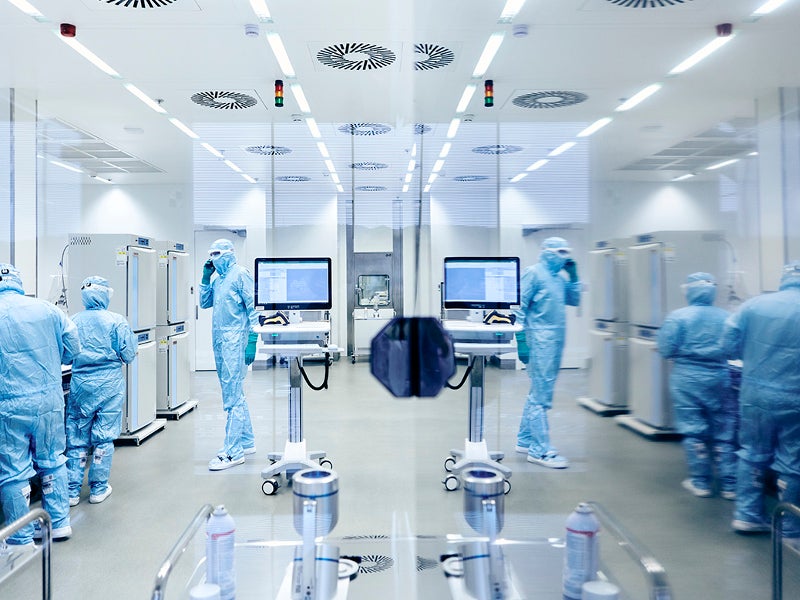Novartis opened its new cell and gene therapy facility in Stein, Switzerland, in November 2019, intending to support the production of innovative medicines.
Construction of the facility began in 2012 to manufacture solid medications for the company’s Innovative Medicine division. Its estimated investment is CHF90m ($91m).
Novartis received the approval for its first CAR-T cell therapy, both a cell and gene therapy, in 2017.
In April 2019, the company completed the acquisition of CELLforCURE, contract development and manufacturing organisation (CDMO), to scale-up its CAR-T cell therapy manufacturing capacity, as well as other cell and gene therapies in the pipeline.
The facility completed the first clinical production of cell and gene therapy batch in September 2019.
Novartis Stein cell and gene therapy facility location
The cell and gene therapy manufacturing site is located approximately 30km away from Basel, in northerly cantons of Aargau, Switzerland.
Novartis also operates two more facilities at Stein for manufacturing solid and sterile dosage forms. The two existing facilities export more than two billion vials, auto-injectors, pre-filled syringes, ampoules, capsules and tablets to more than 150 countries worldwide.
Details of Novartis’ cell and gene therapy facility in Stein
Stein site is the most strategic site for manufacturing and finishing of inventive medications for the company. It will play a significant role in the production of difficult-to-manufacture solid and liquid dosage forms.
The biotechnology centre is used for the formulation of tablets, capsules, active pharmaceutical ingredients (APIs), transdermal patches, sterile vials, pre-filled syringes, inhalations and ampoules.
The site receives blood cell samples of patients for the enrichment and genetic modification of leukocytes and lymphocytes to restore their cancer-fighting ability. The reformed cells are then sent to a hospital to inject into patient’s blood.
Stein site also manufactures novel CAR-T cell therapy Kymriah® to treat B-cell lymphoma. The first batches of Kymriah from the facility will be launched in the market in 2020.
Cell and gene therapies
Cell and gene therapies involve altering and inserting cells and genes into specific cells. Treatments are intended to prevent, treat and cure genetic and acquired diseases.
Cell therapy treats diseases by reinstating and changing the particular sets of cells, using them to deliver treatment through the body.
The cells are cultured or altered outside the patient’s body before they are injected into the body and can be collected from patient (autologous cells) or donor (allogeneic cells).
Gene therapy re-establishes, deactivates or introduces genes into the cells through in vivo (inside the body) or ex vivo (outside the body) methods.
Marketing commentary on Novartis
Novartis is a global healthcare company based in Basel, Switzerland and is one of the biggest pharmaceutical companies by market capitalisation and sales. The company operates through three major business units, Alcon, Sandoz and Innovative Medicines.
The company is currently focused on developing innovative medicines for the transformation of cancer care and has more than 200 drug candidates in its clinical pipeline, exporting its products to 155 countries.
Focus therapeutic areas of Novartis are oncology, dermatology, immunology, ophthalmology, respiratory, hepatology and cardiovascular.









